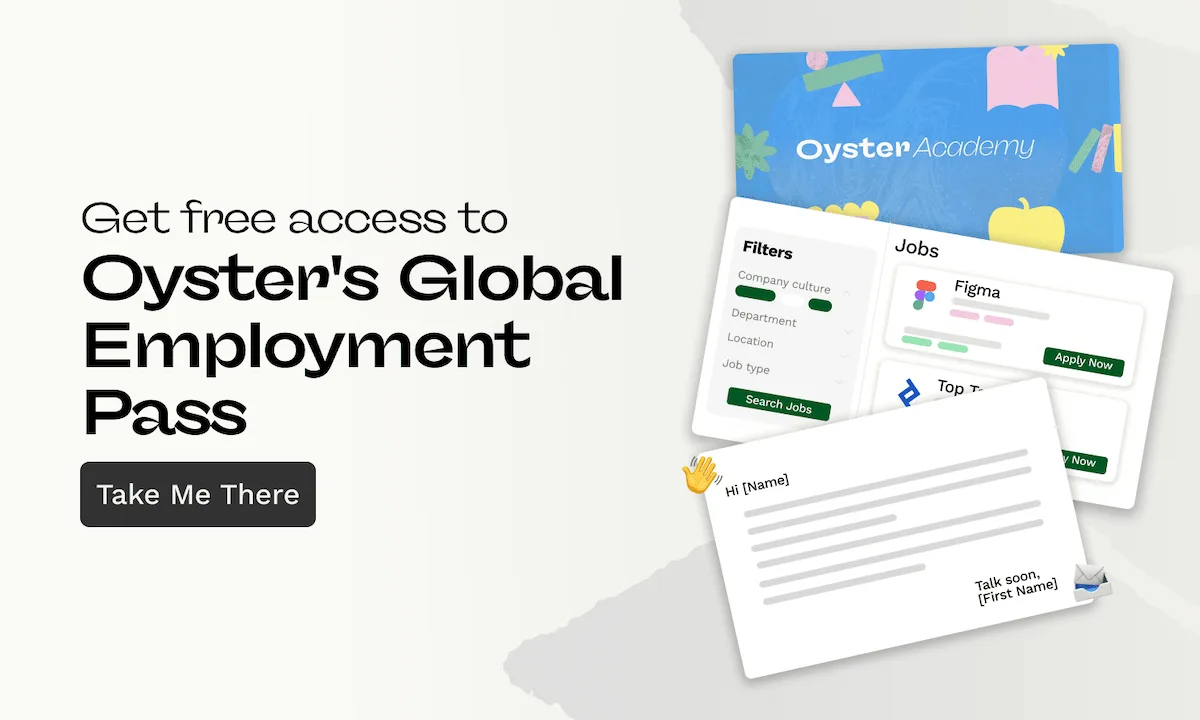If you dream of working remotely, you aren't alone. The COVID-19 pandemic forced many employers to pivot to teleworking—and many employees discovered they loved the freedom that working from home allows. Teleworking saves you time and money, and it offers greater location flexibility, which has proven to be one of the most popular advantages of remote working.
Many employers are recognizing the demand for remote work and increasing their remote offerings—meaning employees have plenty of great jobs to choose from. That said, the competition for a remote role can be fierce: Remote jobs receive up to 300% more applicants than non-remote jobs.
If you’re thinking about a change, here’s how you can get a job working remotely in this hyper-competitive market.
How to find a remote job
Knowing where to look for a remote job is the first step. These resources can help:
- Job search engines: Job search engines like Indeed compile thousands of jobs based on search criteria like job title and location. You can set the location to "remote" to find remote-only jobs.
- Professional networking platforms: Online professional networks like LinkedIn are another way to find remote jobs. Search via the "Jobs" icon at the top of the page.
- Remote job sites: Skip the hassle of sifting through listings for remote jobs and check out remote job platforms like Remote.Co, Remote OK, FlexJobs, or WeWorkRemotely.
- Work-for-hire sites: If you're interested in freelancing, try sites like Upwork or Fiverr to find work-for-hire contracts. These jobs are usually flexible location-wise.
Things to be aware of when seeking remote work
Note that "remote work" doesn't always mean you can work from anywhere in the world. Some remote jobs require you to be in a certain state, country, or time zone. Do your due diligence and check these details.
Beyond that, beware of potential work-from-home scams. Here are some red flags to look out for:
- The job seems too good to be true. For example, be wary if the salary is well above the market average for the position.
- The employer’s online presence seems incomplete. If they don't post a website or contact details, they could be fraudulent. Similarly, scammers may send links that have the same branding as a legitimate company’s site but use the wrong URL.
- The recruiter is asking you for bank information and identifying details. They may claim this is to cover training and equipment, but no legitimate employer would be charging their employees. Companies also should not be charging applicants a fee to interview or submit test assignments.
If you're still feeling iffy about a company, dig deeper. Visit the forum sections of GlassDoor and Indeed to read reviews of companies. TrustPilot is another handy resource for flagging scams.
Applying for a remote job: 5 Steps
Once you find a job you're interested in and are confident is a legitimate opening, it's time to apply. Applying for a remote job is similar to applying for an on-site job, but there are some key differences to keep in mind.
1. Send in your application materials
This will likely include your resume and cover letter, and maybe a portfolio, depending on the type of job. In your materials, highlight your proficiency with remote tools, like Slack or Zoom.
2. Provide referrals
If you have referrals from people who have worked with you remotely, use these. They can testify to characteristics you possess that are important in remote work environments, like being communicative.
3. Ace the interview
Remote roles usually interview via video or phone. In some cases, you may need to go through multiple rounds of interviews—for example, first with HR and then with the person who would supervise you on the job.
4. Send a thank you
This may seem like an old-school step, but being thoughtful still goes a long way and demonstrates your interest in the role. After your interview, send a quick email to the interviewer thanking them for their time. This is also a chance to send any additional follow-up materials, like a link to your online portfolio.
5. Follow up
Make sure to ask when you can expect information about the next steps during the interview; if you forget, you can ask in your thank you email. Once the stated deadline has passed, it's okay to follow up with the interviewer.
Interview tips and tricks
Made it to the interview stage for your dream remote job? Congratulations! There are a few steps you can take for a more successful interview.
First, confirm with the interviewer what tools you'll need for the interview. A screening interview may be done over the phone, but subsequent rounds are more likely to be done through videoconferencing. Download and test out the tool in advance so you’re familiar with the settings.
Before your interview, do a tech check. Is your audio working? Is your video clear? If you're on camera, does your background look neat and professional?
Aside from these technical points, you want to prepare just like you would for any job interview. Review the role you applied for, research the company, and make sure you know the name and position of the person interviewing you.
You also want to prepare a list of questions to ask, both about the job and the company. For example, you might want to find out what benefits are available to remote employees.
With tools like Oyster, it's easier than ever for companies to take care of their employees, wherever they are in the world. Oyster helps companies hire remote teams, simplifying tasks like compliance, payroll, and benefits.
Now, you're interview-ready. The only thing left to do? Take a deep breath, keep your cool, and ace that job interview. And once you get the job, make sure you're ready to get your remote work experience off on the right foot.

About Oyster
Oyster is a global employment platform designed to enable visionary HR leaders to find, engage, pay, manage, develop, and take care of a thriving distributed workforce. Oyster lets growing companies give valued international team members the experience they deserve, without the usual headaches and expense.
Oyster enables hiring anywhere in the world—with reliable, compliant payroll, and great local benefits and perks.




.webp)









_Leader_Leader%201%20(2)%20(3).svg)
_Leader_UnitedKingdom_Leader%201%20(1).svg)
_Leader_Europe_Leader%201%20(1).svg)
_Leader_Mid-Market_Leader%201%20(1).svg)
_Leader_Small-Business_Europe_Leader%202%20(2).svg)
_Leader_Small-Business_Leader%201%20(1).svg)
_FastestImplementation_Small-Business_GoLiveTime%201%20(1)%20(1).svg)